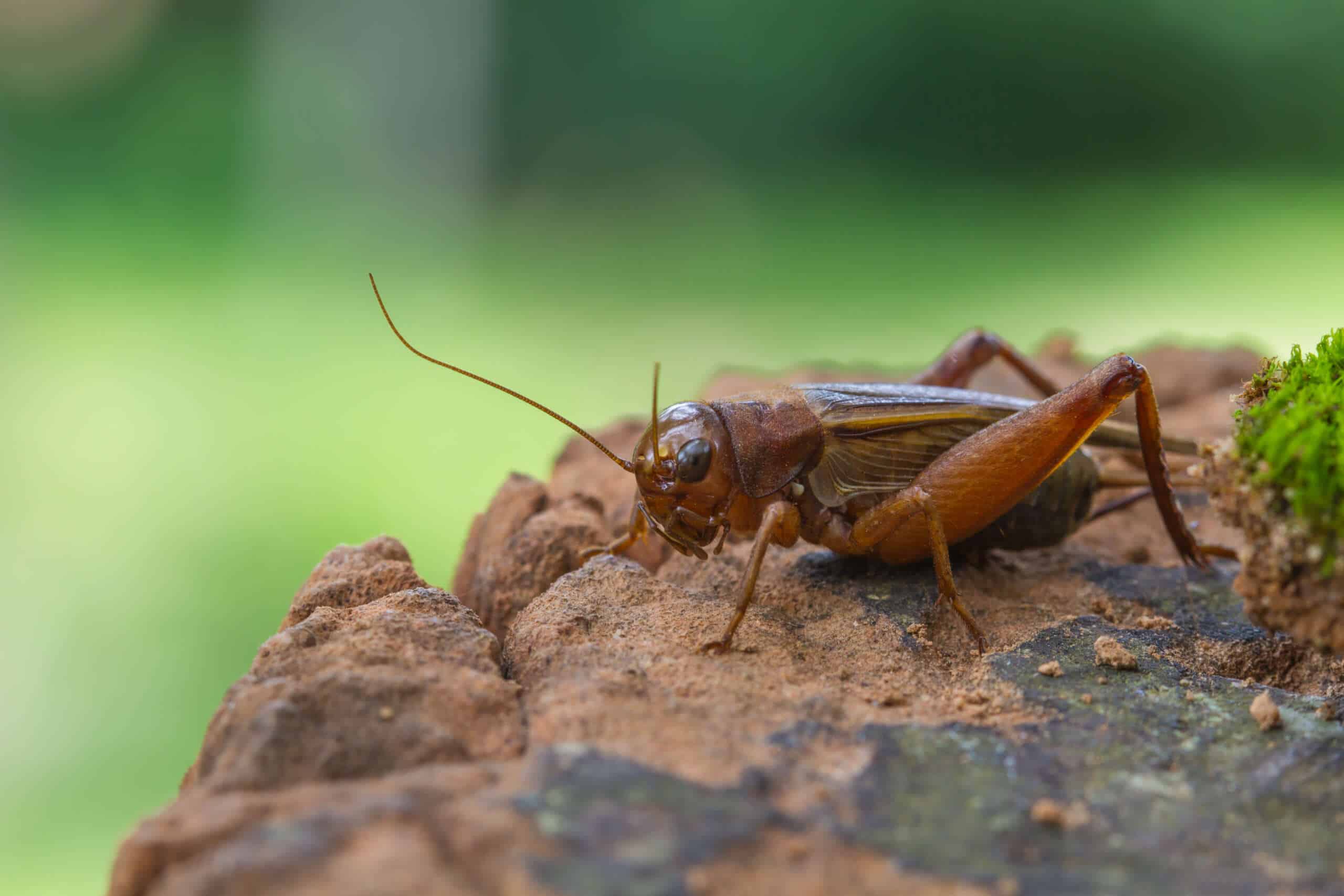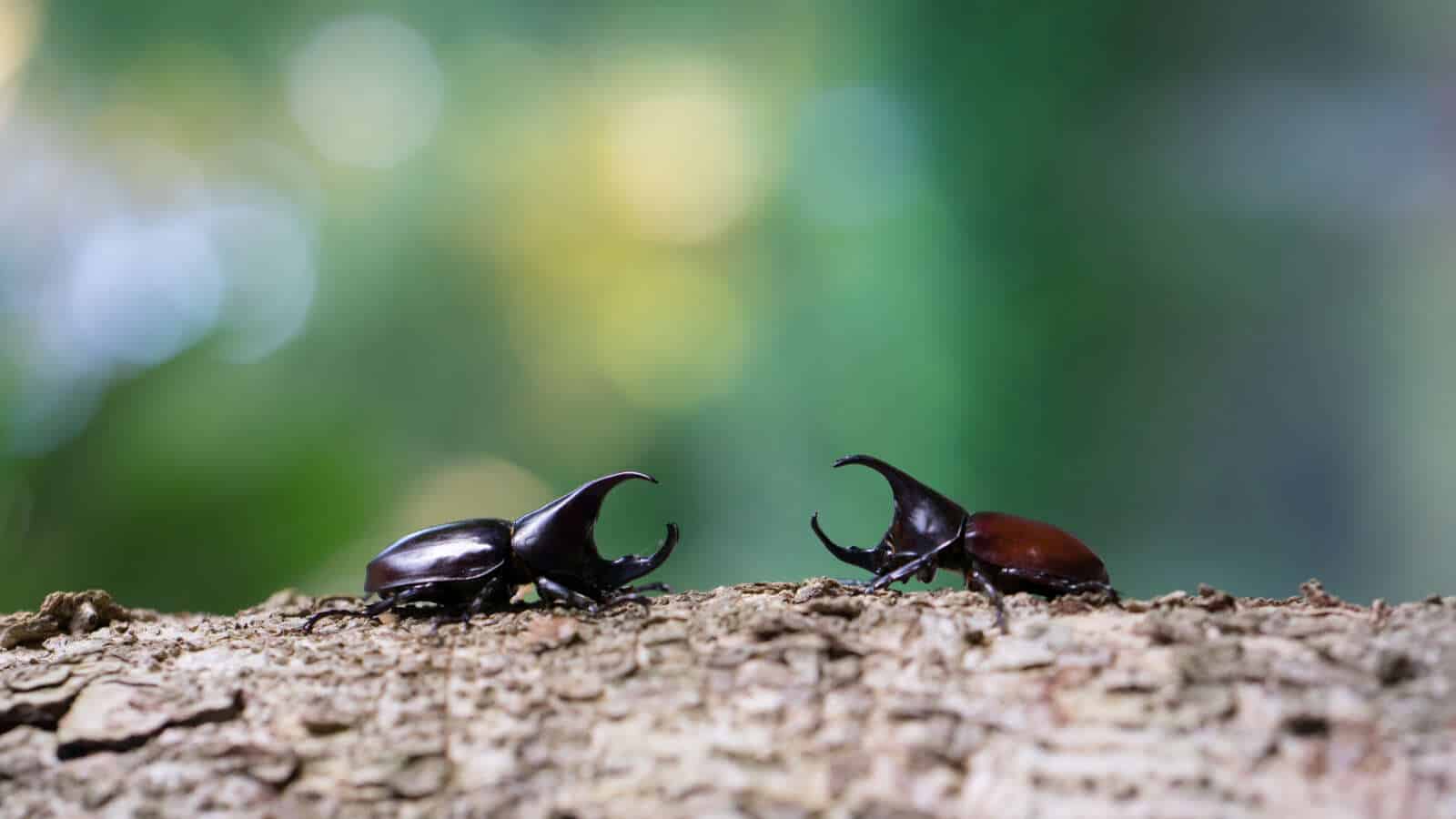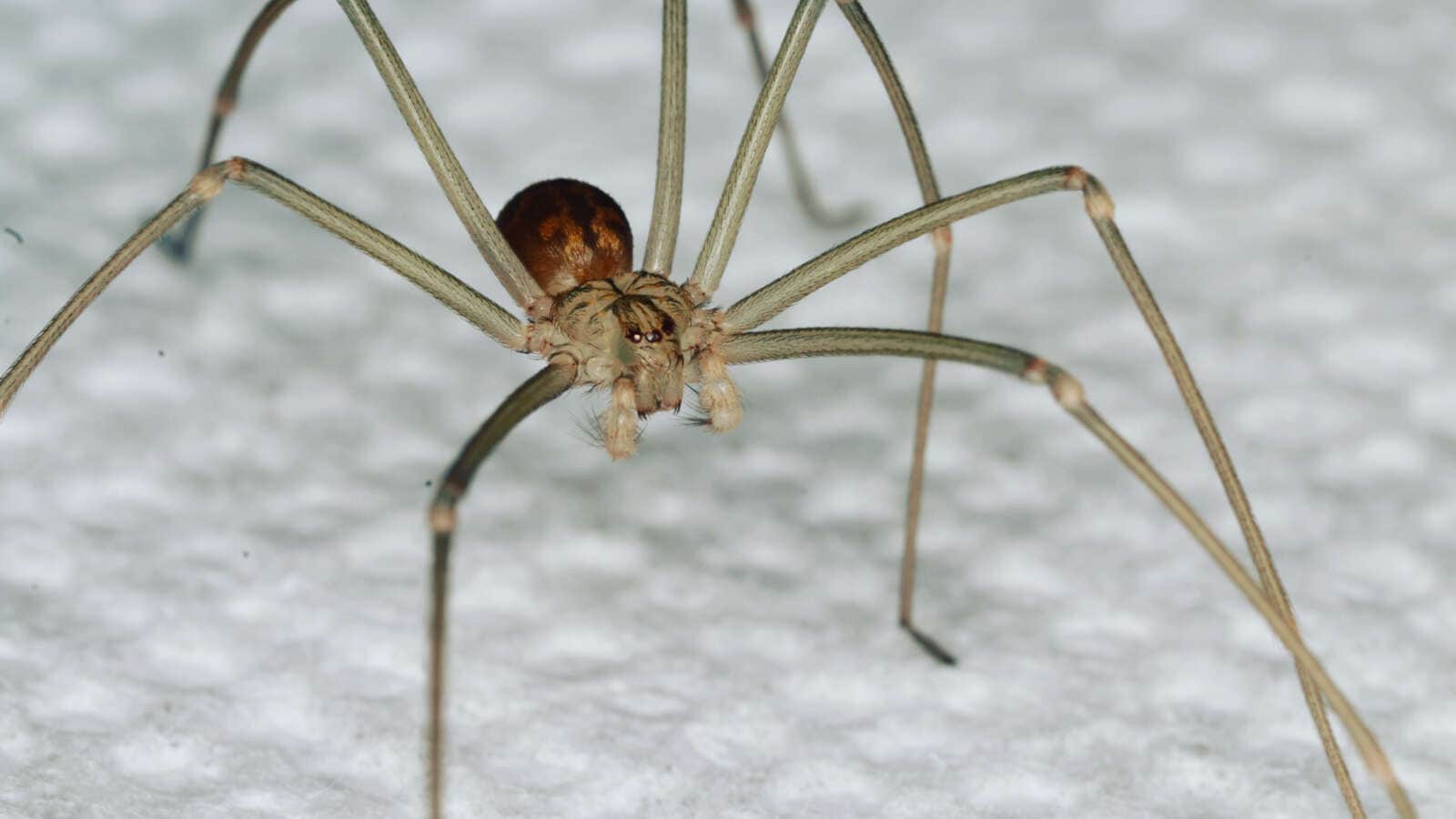How Accurate Are These Animated Pests? — Part 1
Some of the best plots in fictional stories are based on extremely relatable scenarios that generate sympathy from the audience while they are entertained by the painfully realistic plight of the main characters. Case in point: pest problems. In real life, it seems safe to say that everyone has at least one memorable experience with a pest invading their home. This shared experience can lead to some excellent storylines in TV shows specifically, if only because we as the viewers completely understand the frustrations of the characters as they try to handle their pest invasion.
Even animated shows can feature some memorable pest-centered episodes, and they have the advantage of being able to showcase the designated pests in interesting scenarios and comedically-charged situations. Over the next few weeks, we will take a look at three episodes of popular animated TV shows that have a plot (or B-plot) all about trying to end their annoying pest problems, and we’ll see just how accurate these animated pests are compared to our very real and very frustrating pests. Let’s begin with the most musical pest: the cricket.
The Aggravating Cricket — Bob’s Burgers
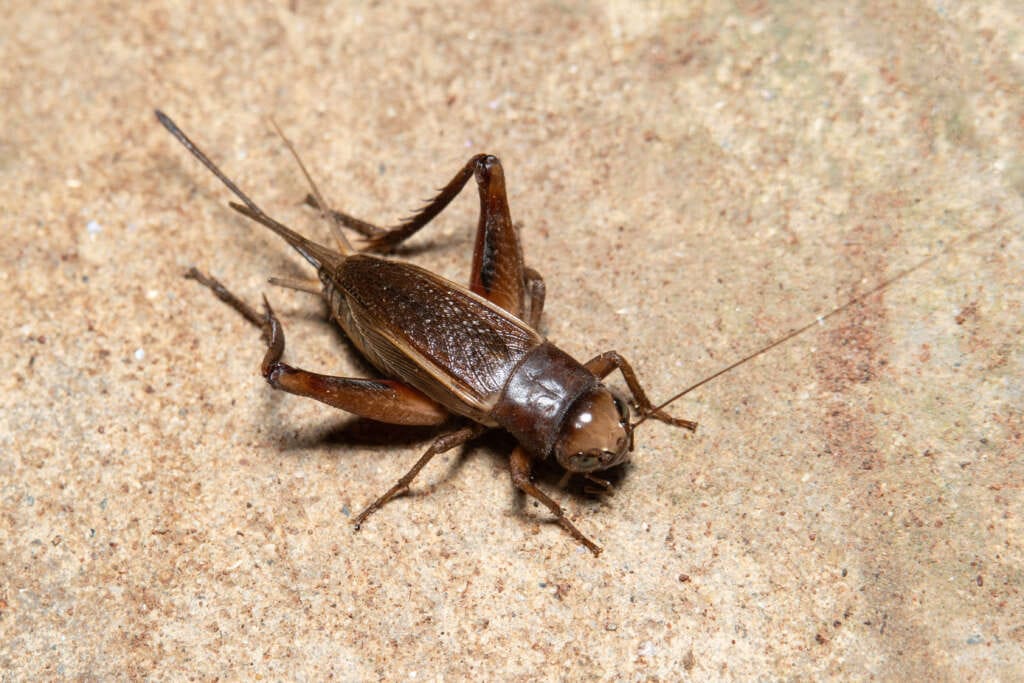
All it takes is one cricket in the home to make the nights unbearable, according to the season 14 episode “Running Down A Gene.” Linda can’t sleep because of a hidden cricket that relentlessly chirps at night, and she is desperate enough to get rid of it that she is willing to pay Louise and Tina $5 each to relocate it (after tough negotiations with Louise). Although this is technically the B-plot of the episode, it’s quite entertaining to watch the sisters attempt to trap the vocal cricket through a variety of homemade methods that don’t seem to worry the pest. After Linda threatens to call an exterminator if they don’t catch the cricket that night, the girls kick it up several notches by placing even more DIY traps around the house and stating their determination to defeat the nefarious cricket that Louise thinks is smart enough to be from a genetics lab. Fortunately for the young pest control specialists, the cricket is successfully trapped and they receive their payment as Linda desperately tells them to get the cricket out of their home once and for all.
Spoiler alert: this is the most realistic pest scenario of the 3 we’ll discuss, according to us. It’s actually pretty common for a lone cricket to invade a home and pester the residents every night with its incessant chirps. Crickets enter our houses for one of two reasons: they accidentally find themselves inside after being attracted to the interior lights, or they purposefully invade to finally have a secure shelter from the outdoor elements. We don’t know how this animated cricket came to be inside the Belcher household, but there is still plenty to analyze when it comes to Louise and Tina’s unique trapping methods that are actually successful.
Crickets Both Real And Fictional
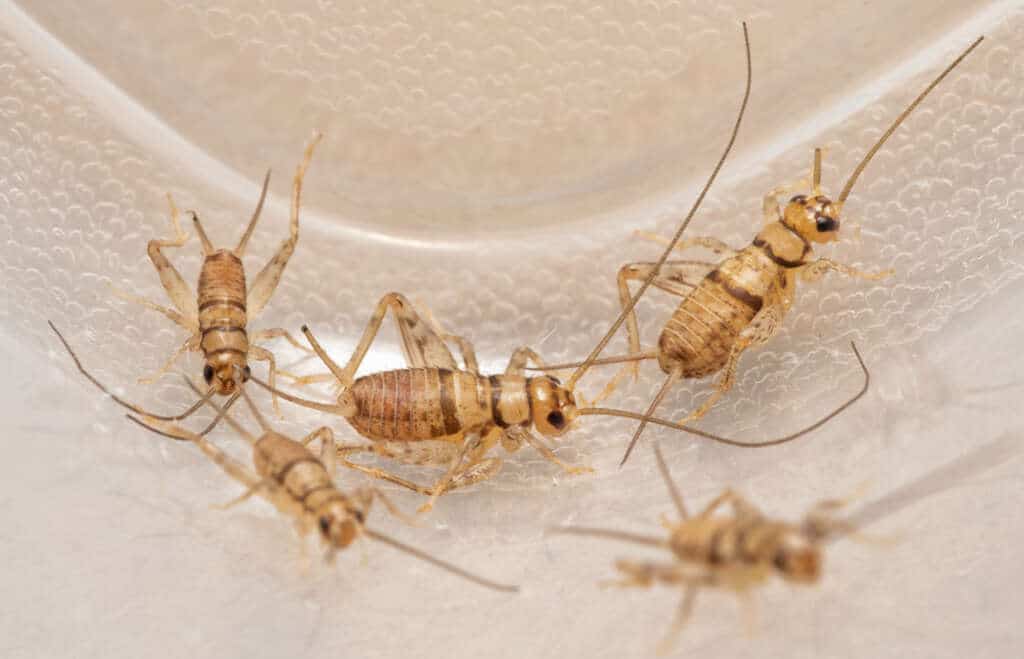
Our key observations and analyses from this episode are:
- Anatomically-Correct Cricket: It may be a cartoon insect, but the fictional cricket is actually a great depiction of an actual cricket. It has 6 legs, long antennae, and brown coloring like our crickets. Based on its appearance and behavior, this one is likely a house cricket. This is the most common cricket home invader — hence the name — but field crickets are also common in homes that back up to a field or meadow.
- Chirping At Night: Linda is correct in assuming that the cricket will only chirp at night. These nocturnal insects are active at night, and the males are responsible for the incessant chirping as they search for a mate. The chirps are created through stridulation, where the cricket rubs its front wings together and projects a chirping sound. The rate and sound of its chirps vary depending on the weather, the cricket’s age, and the cricket’s health.
- Breadcrumbs & Sugar: The first trap that Louise and Tina place is one that they found online: placing breadcrumbs and sugar on the floor and covering it all with newspapers. This is a factual DIY trap because crickets are omnivores and will therefore be drawn to the food. They love carbs, food stains, crumbs, other insects, and organic fabrics. The newspaper is meant to prohibit the cricket from jumping away, so it would be best to check these traps in the early morning after the crickets are active all night.
- Halved Plastic Bottles: Another trap that they use is placing “food” in the bottom of halved plastic soda bottles that will attract the crickets and prevent them from escaping. This is also a popular method because it uses common household objects to trap the lone cricket. Online articles advise using sugar as the bait and placing the bottles in the most active cricket areas, so it seems that Tina and Louise have the right idea here.
- The Ant Risk: Throughout the process, Bob voices his concerns about the prospect of ants finding all of the sugar and breadcrumbs that the girls lay out. He is 100% correct to be worried about an ant invasion because these scavengers are always on the hunt for accessible food. They use pheromones (scent chemicals) to lead the rest of their army to the same food source, which is how an ant infestation will grow at an alarming rate.
- Throwing The Chirps: When the sisters check the traps one night, Tina notes how the cricket’s chirps seem to come from all directions, which makes it more difficult to determine where the pest is located. This is likely because the cricket is hidden somewhere dark and warm, like in the walls or deep in a closet. A cricket with strong chirps is a healthy one, and its projection can cause the origins of the sound to be more confusing than before.
- Strong Scents: After the original traps don’t work, Louise and Tina focus on the kitchen with their next method. They place lemon, cinnamon, and peppermint (aka Linda’s breath mints) on the floor because they read that these scents repel crickets and will therefore draw it out. It’s true that crickets hate strong scents and particularly despise these natural smells. Vinegar, citronella, and chemical cleaners are also said to repel crickets. This method has a risk of making matters worse by driving the cricket further into the home as it attempts to flee the smells, so this wouldn’t be a great first choice for a cricket trap.
- Fake Cricket: The final trap that the girls place is the most endearing: a fake female cricket, complete with a wide smile and pink bow, that is carefully placed in a plastic bottle. This doesn’t end up being the successful trap (we don’t know which was), but they place the cricket in here anyway to give it a friend. It’s unclear how well this would work in real life, but since it’s true that male crickets are always searching for mates, it doesn’t sound like the worst plan in the world.
Subjective Accuracy Rating Of The Episode: 5/5
Pointe Provides Real Solutions For Real Pests
The pests that we see in real life are even worse than the animated versions because they create nonfictional problems for us. From food contamination to structural damage, pests cause an overwhelming amount of stress for humans simply by going where they aren’t invited. Whether you need reliable pest prevention or an efficient solution for your current pest problem, Pointe Pest Control is here to help! Our dedicated technicians are all fully trained and experienced in solving pest problems of all shapes and sizes. After inspecting the property for all signs of pest activity, our team will create a treatment plan that is completely customized to solve your specific pest issues as efficiently as possible. Since all of our treatments are non-toxic, you never have to worry about dangerous pesticides contaminating your home or business. We look forward to keeping you pest-free all year long! Contact us today for a free quote on our thorough pest control services that will ensure that the only pests you see in your home are the animated ones on your TV screen.
***Disclaimer: Section 107 of the United States Copyright Act recognizes “fair use” copywriter content as such: “Notwithstanding the provisions of sections 106 and 106A, the fair use of a copyrighted work, including such use by reproduction in copies or phono-records or by any other means specified by that section, for proposes such as criticism, comment, news reporting, teaching, scholarship, or research, is not an infringement of copyright.” This blog post may contain certain copyrighted works and characters that were not specifically authorized to be used by the copyrighted holder(s), however, the content on this post qualifies as “commentary” on the copyrighted works under the “fair use” doctrine of the U.S. Copyright Act and is thereby protected by federal law. Furthermore, we do not claim any ownership or creative rights of any characters on this list, and all rights outside of the fair use doctrine belong to the respective owner(s).
Citations
Bouchard, L., Dauterive, J, & Schlesinger, H. (Writers) & Chong, S., Gennaro, T., & Long, M. (Directors). (2023, October 29). Running down a Gene (season 14, episode 4) [TV series episode]. In L. Bouchard (Executive Producer), Bob’s Burgers. 20th Television Animation.
Crickets. (n.d.). Pointe Pest Control. Retrieved November 21, 2023, from https://pointepestcontrol.com/services/crickets/
Denenberg, Z. (2023, August 22). How to get rid of crickets in the house. Southern Living. Available at https://www.southernliving.com/how-to-get-rid-of-crickets-6832021 (Accessed on November 21, 2023).
Floyd, D. (n.d.). Cricket trap: How to catch a cricket (Homemade traps and non-lethal). The Pest Informer. Available at https://www.thepestinformer.com/pest-guides/crickets/cricket-trap/ (Accessed on November 21, 2023).


